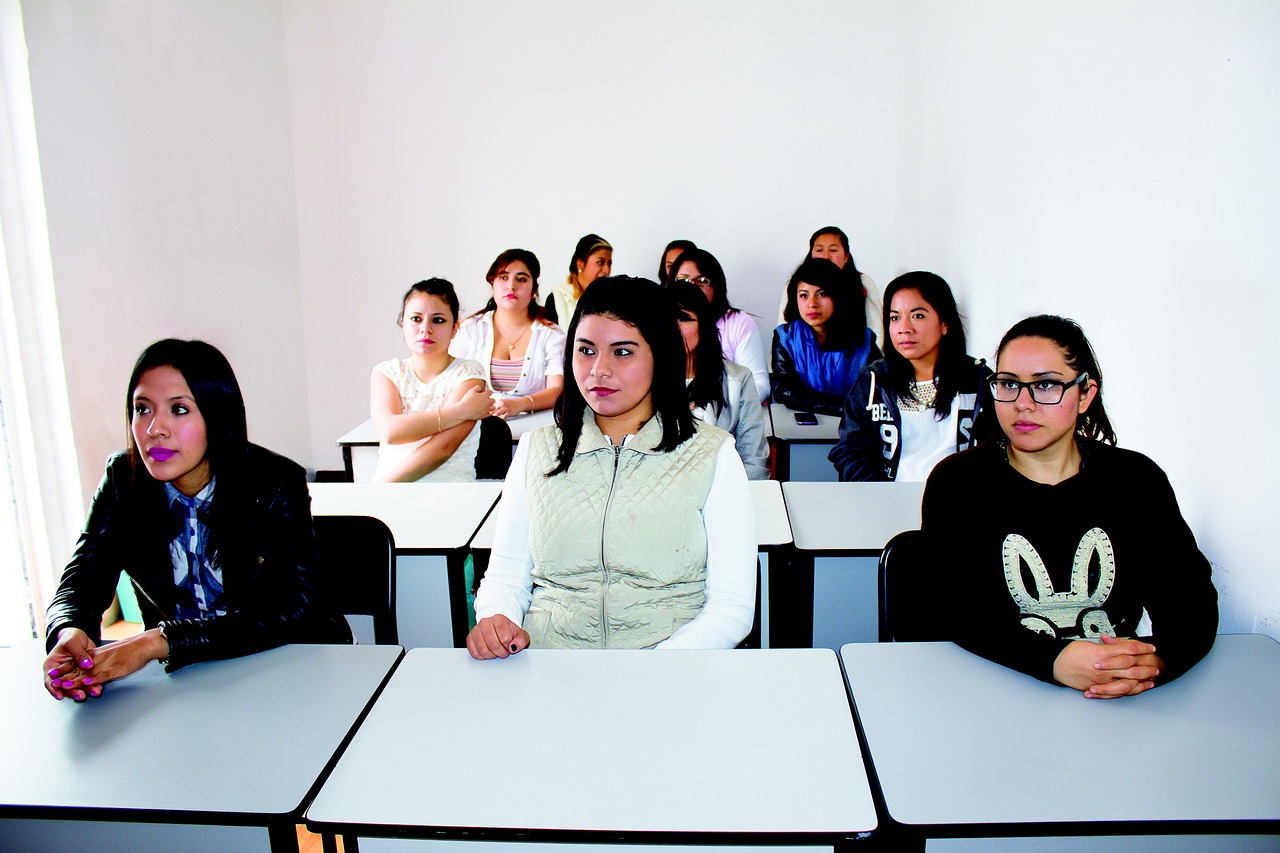Recently, the use of surveillance cameras in schools has become a hotly debated topic. Proponents argue that cameras enhance safety and protect students and staff from harm, while critics warn that the practice could lead to overreach and compromise students’ privacy. As schools nationwide install cameras in classrooms, hallways, and common areas, the question remains: Are these measures truly about safety, or are they invasive?
The Argument for Cameras in Classrooms
One of the most compelling arguments for using classroom cameras is the potential to improve school safety. In an age where school shootings and violence are tragically not uncommon, having cameras in place can provide an added layer of security. Cameras can deter disruptive or violent behavior, as students and staff are aware that their actions are being monitored. Additionally, if an incident occurs, camera footage can provide valuable evidence for investigations, ensuring that the truth is uncovered and appropriate action is taken.
Supporters of classroom cameras also argue that they can protect teachers from potential false accusations. In cases where a teacher is accused of misconduct, video footage can offer an objective record of what happened, which can help prevent baseless allegations. Similarly, cameras can ensure that school policies are followed, promoting accountability among students and staff.
The Case Against Surveillance in Schools
Despite the perceived benefits, many people are concerned about the increasing use of cameras in classrooms. One of the main arguments against surveillance is the potential invasion of privacy. Critics argue that students have a right to learn in an environment where they are not constantly monitored or recorded. Cameras could create an atmosphere of distrust, where students feel like they are continually being watched, which could negatively impact their behavior and mental well-being.
Moreover, opponents of classroom surveillance worry about the broader implications for student privacy. In many schools, cameras are used in classrooms and hallways, bathrooms, and locker rooms. While some schools have safeguards in place to prevent misuse of footage, there is always the risk that video recordings could be accessed by unauthorized individuals or misused inappropriately. This raises concerns about the possibility of exposing sensitive situations without consent, violating students’ privacy rights.
The Impact on Teacher-Student Relationships
Another concern is the potential impact of surveillance on the relationship between teachers and students. Education is a profoundly personal experience, and the classroom should be a space where students feel comfortable expressing themselves and engaging in learning. Cameras’ constant presence may make students feel uncomfortable, stifling their creativity and openness. Teachers, too, may feel constrained by the knowledge that their every move is being recorded, which could hinder their ability to teach freely.
Moreover, there is a concern that the focus on surveillance could shift teachers’ roles from educators to enforcers of behavior. Teachers may feel pressured to prioritize monitoring students for misconduct over fostering an environment that promotes collaboration, critical thinking, and personal growth.
Finding a Middle Ground
Given the concerns on both sides, balancing safety and privacy in schools is crucial. Some suggest that surveillance cameras should be placed only in common areas such as hallways and entrances, where security concerns are more pronounced, rather than in classrooms where students expect privacy. Others propose that cameras should only be used in response to specific incidents or concerns rather than as a blanket policy.
Additionally, schools should involve all stakeholders—students, parents, teachers, and administrators—in the decision-making process. Open dialogue about the purpose of cameras, how footage will be used, and the safeguards in place to protect privacy can help ensure that all parties are on board with the policy.
Conclusion
Using cameras in classrooms is a complex issue that involves balancing the need for safety with protecting privacy. While surveillance can enhance security and provide valuable evidence in case of incidents, it also raises significant concerns about students’ rights and the impact on the learning environment. As schools continue to adopt surveillance measures, finding a middle ground that addresses safety concerns while respecting the privacy and dignity of students and teachers alike is essential.




